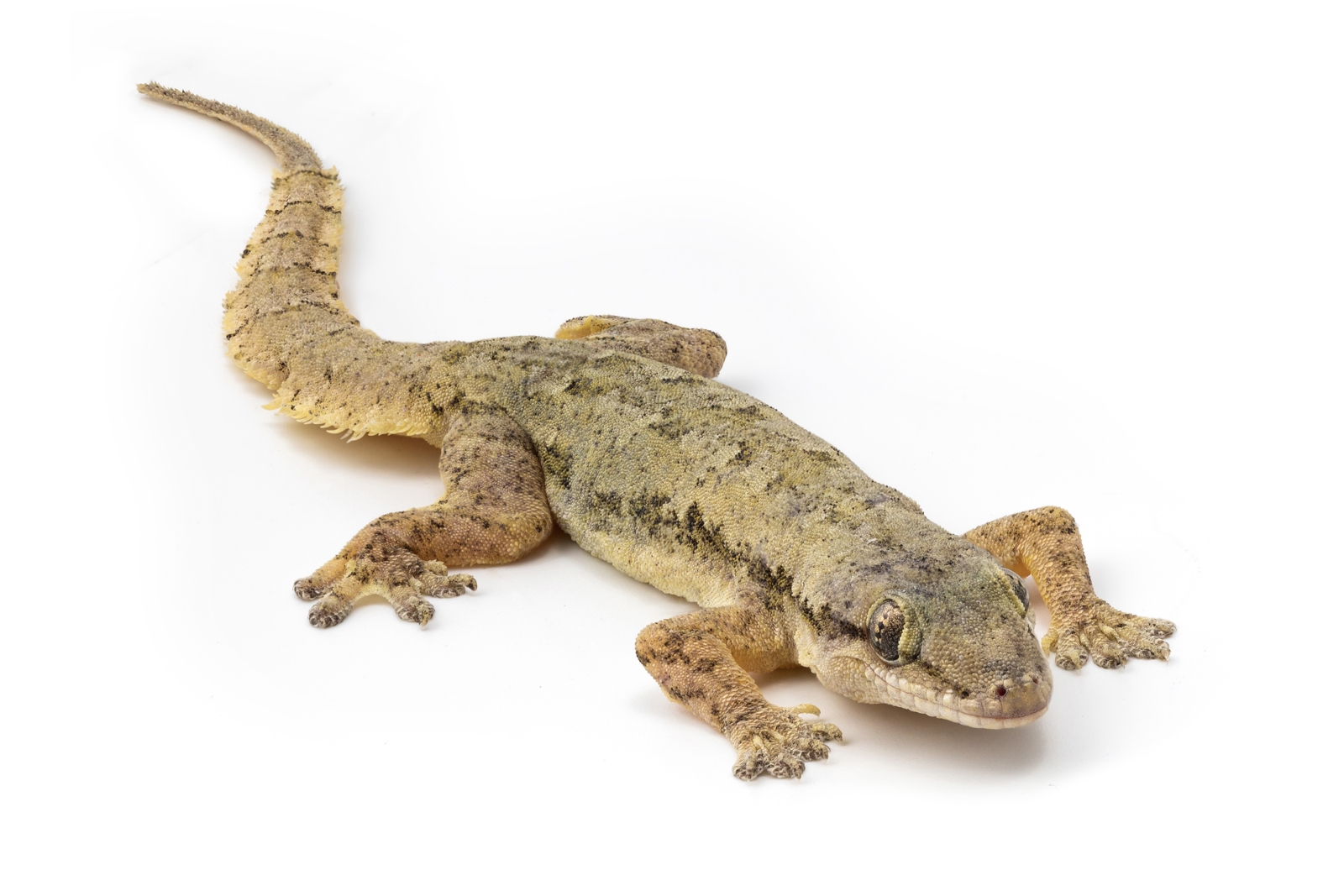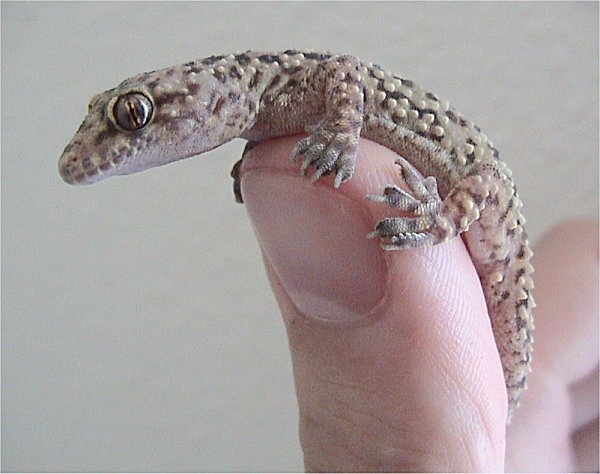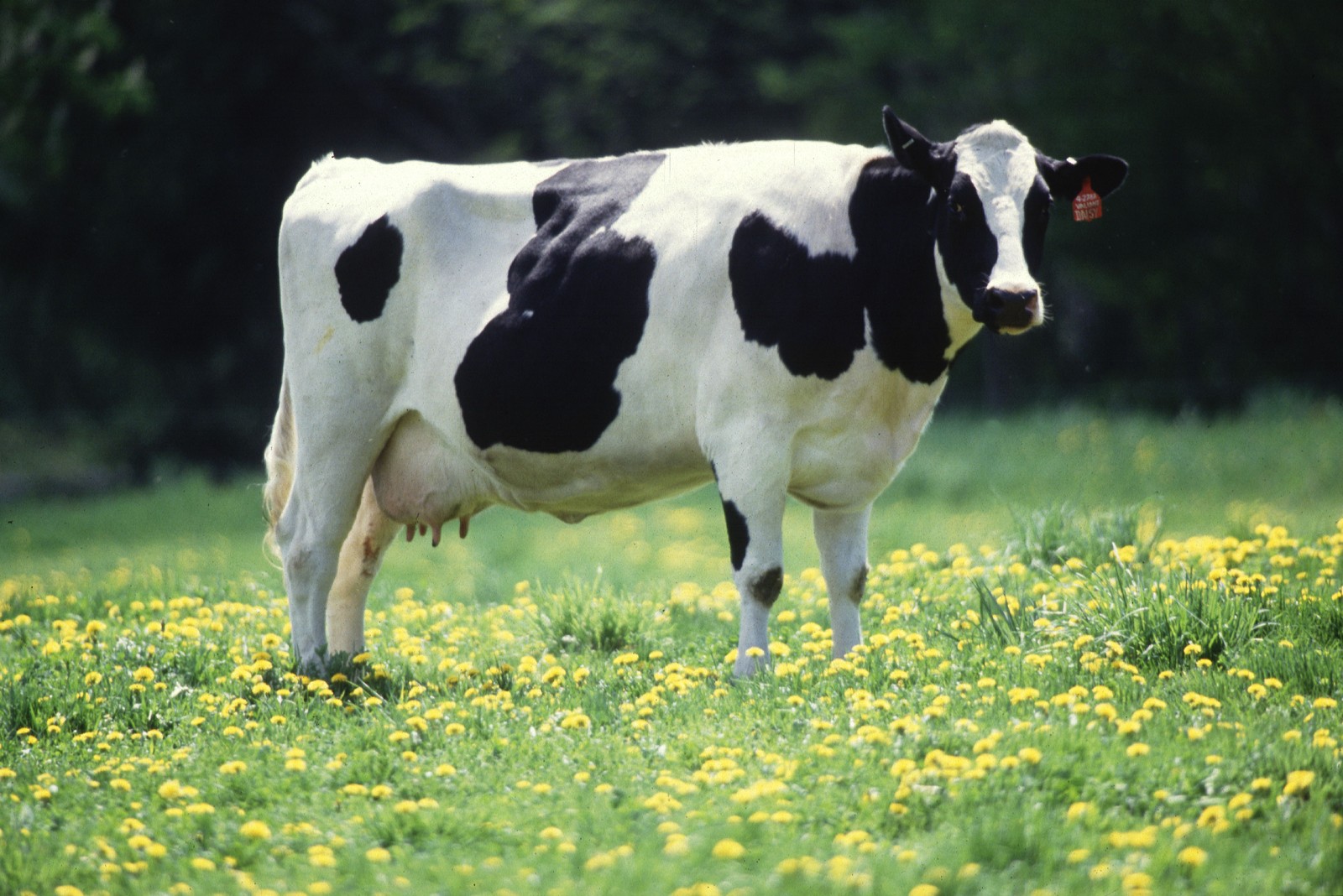House Gecko vs Mediterranean Gecko: A Complete Comparison
When comparing House Gecko vs Mediterranean Gecko species, several key differences emerge despite their similar appearances. The Common House Gecko (Hemidactylus frenatus) typically measures 3-5 inches (7.5-12.5 cm) in total length, while the Mediterranean House Gecko (Hemidactylus turcicus) is slightly smaller at 2.5-4 inches (6-10 cm). Both species have adapted remarkably well to human habitations, but each brings distinct characteristics to the urban ecosystem.
These nocturnal hunters share many physical traits, including translucent skin and specialized toe pads for climbing vertical surfaces. However, their vocalizations, breeding patterns, and geographic distributions show notable variations that help distinguish between these common household visitors.

© Basile Morin / CC BY-SA 4.0
The Common House Gecko exhibits distinctive tubercular scales and a more robust build compared to its Mediterranean cousin. Note the characteristic pale coloration and complex pattern that provides excellent camouflage in urban environments.

© No machine-readable author provided. Hexasoft assumed (based on copyright claims). / CC BY-SA 2.5
The Mediterranean House Gecko demonstrates its smaller size and more delicate build. The distinctive spotted pattern and translucent skin are clearly visible, helping distinguish it from the Common House Gecko.
Key Physical Differences
| Feature | House Gecko | Mediterranean Gecko |
|---|---|---|
| Size | 3-5 inches (7.5-12.5 cm) | 2.5-4 inches (6-10 cm) |
| Body Build | Robust, broader head | Slender, more delicate |
| Vocalization | Sharp “chuck-chuck” calls | Soft squeaking sounds |
| Skin Pattern | Uniform with small spots | More prominent dark bands |
| Tail Shape | Thicker with regular segments | Thinner with less distinct segments |
| Breeding Season | Year-round in tropics | Spring to late summer |
Habitat and Distribution
The House Gecko originated in South and Southeast Asia but has spread globally through human commerce. These adaptable lizards thrive in tropical and subtropical regions, particularly in urban areas where artificial lighting attracts their insect prey.
Mediterranean Geckos, native to the Mediterranean Basin, have established populations throughout southern Europe, North Africa, and introduced ranges in the Americas. They prefer slightly cooler climates compared to House Geckos, though both species often coexist in many regions.
Behavior and Hunting Patterns
House Geckos display more aggressive territorial behavior, often defending prime hunting spots around artificial lights. Their hunting success rate reaches up to 70% when targeting moths and other flying insects.
Mediterranean Geckos exhibit more cautious behavior and typically maintain smaller territories. These geckos show remarkable adaptation to vertical surfaces, spending up to 90% of their active time on walls and ceilings.
Conservation and Human Interaction
Neither species faces significant conservation threats due to their successful adaptation to human environments. House Geckos show higher population densities in urban areas, averaging 8-10 individuals per building, while Mediterranean Geckos typically maintain lower densities of 3-5 per structure.
Both species provide valuable ecosystem services by controlling insect populations, with a single gecko consuming approximately 600-1,000 insects annually. Their presence generally indicates a healthy urban ecosystem, though some consider them household pests.
Identification Tips for Homeowners
To distinguish between these species, observe these key features:
- House Geckos have more prominent tubercles (raised scales)
- Mediterranean Geckos display more distinct banding patterns
- House Geckos produce louder, more frequent vocalizations
- Mediterranean Geckos show more translucent skin under lighting
Remember that both species are beneficial predators that help control household insect populations naturally, making them valuable albeit sometimes unwanted houseguests.









